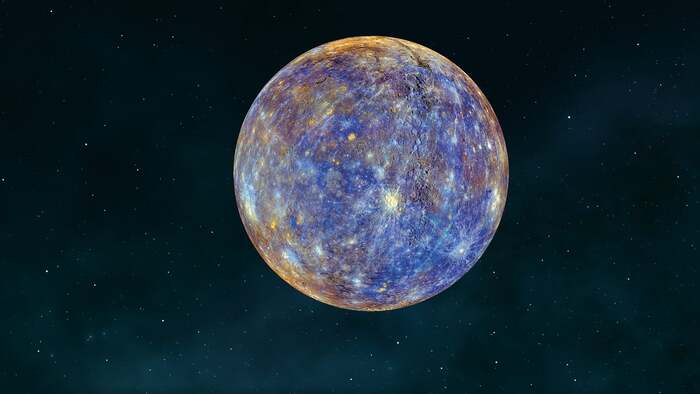The elusive
Mercury
, usually very difficult to observe since it is always low on the horizon and close to the Sun,
will be clearly visible in the March sky
. Particularly favorable conditions allow it to be easily identified
after sunset
;
an unmissable opportunity to admire it, as underlined by the Italian Amateur Astronomers Union.
It will therefore be this planet that announces
spring
: the
equinox
, the moment in which day and night have equal duration, falls on
March 20 at 4.06 am Italian time
.
The brightest star visible in the sky after sunset is still
Jupiter
, but its observability interval is increasingly reduced and is now limited to the early hours of the evening.
Mars
,
Venus
and
Saturn
, however, appear on the eastern horizon in the early morning, amid the lights of dawn.
The
Moon
will instead be the protagonist, on
March 25th
, of a
penumbral eclipse
, even if it is a rather modest event: it will be
visible in Italy for only a few minutes
with the Moon at sunset, at the end of the night between the 24th and March 25.
The Moon will enter the penumbra projected by the Earth at 05.53 and will reach the maximum eclipse at 08.12.
This will not, however, be the only opportunity to admire the Earth's satellite: this month we find it in conjunction with Mars and Venus on the morning of March 8, and with Jupiter and the Pleiades star cluster on March 14 and 15.
The transition between winter and spring sees the sky still dominated by the most famous
winter constellations
, but in the early hours of the night, in the East, the large zodiac constellations of Leo and Virgo make their appearance.
The southern sky, however, will be poor in bright stars: with the help of a map it will be possible to recognize the constellations of the Unicorn, Hydra and, near Virgo, the Crater.
March will also allow us to observe the International Space Station, which will make several bright passes over Italy starting from March 14th.
Reproduction reserved © Copyright ANSA

